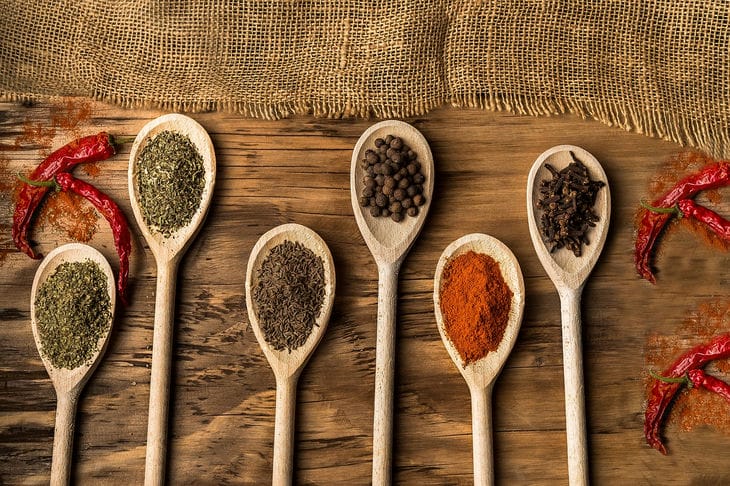Every cook has at least once encountered a situation when a dish turned out too spicy.
Too much pepper can turn even the most delicious dish into a real test for the taste buds.
However, don't despair - there are many ways to fix the situation.
Adding Dairy Products
Dairy products are the first line of defense when there is too much spice in a dish.
Casein, a protein found in milk, can neutralize capsaicin, the substance responsible for the heat in peppers.

Adding sour cream, yogurt or cream can significantly soften the spiciness.
In the case of soups or sauces, you can pour a little milk or cream directly into the dish. For dry dishes, grated cheese or a piece of butter will do.
Increasing the volume of the dish
A simple but effective way to reduce the spiciness is to increase the volume of the dish. Adding additional ingredients that do not contain hot spices will help to "dilute" the excess spiciness.
For soups and stews, you can add more vegetables or broth. For rice or pasta dishes, you can increase the amount of the main ingredient. This method is especially good when you need to feed more people.
Acidic components
Acid can partially neutralize the heat of peppers. Adding lemon juice, vinegar, or tomato paste can help balance the taste of an overly spicy dish.
Wine or fruit juice is a good choice for meat dishes. It is important to remember that acidic ingredients should be added gradually so as not to disturb the overall taste balance of the dish.
Sweet ingredients
Sweetness can also reduce the sensation of heat in your mouth. Adding a little sugar, honey, or fruit jam can help to soften the heat of a dish.
This method is especially effective in Asian cuisine, where the combination of sweet and spicy is traditional. However, it is important not to overdo it, so that the dish does not become cloying.
Starchy foods
Starch has the ability to absorb excess heat. Adding potatoes, rice or cornmeal can help neutralize the heat of the pepper.
For liquid dishes, you can add chopped potatoes or rice and let them simmer for a while to absorb some of the spiciness. Then you can remove them or leave them in the dish, depending on the recipe.
Nut paste
Nut butters, especially peanut butter, can be effective in cutting down the spiciness of a dish. The fats in nuts help neutralize capsaicin.
This method is especially suitable for Asian dishes, where the use of peanuts is traditional. Adding a small amount of nut paste can not only reduce the spiciness, but also give the dish an additional flavor.
Serving the dish
If all the above methods did not help or are not suitable for a particular dish, you can try changing the serving method.
Serving a spicy dish with neutral side dishes such as rice, bread or mashed potatoes can help soften the overall impression of the meal. You can also offer milk drinks or yogurt with the dish, which can help reduce the burning sensation in the mouth.
Preventing the problem
The best way to deal with too much pepper in a dish is to prevent it from occurring in the first place.
When using hot spices, it is always best to start with a smaller amount and gradually add to taste. It is also worth remembering that some types of peppers can increase their spiciness as they cook, so it is important to take this into account when adding spices at the beginning of cooking.








